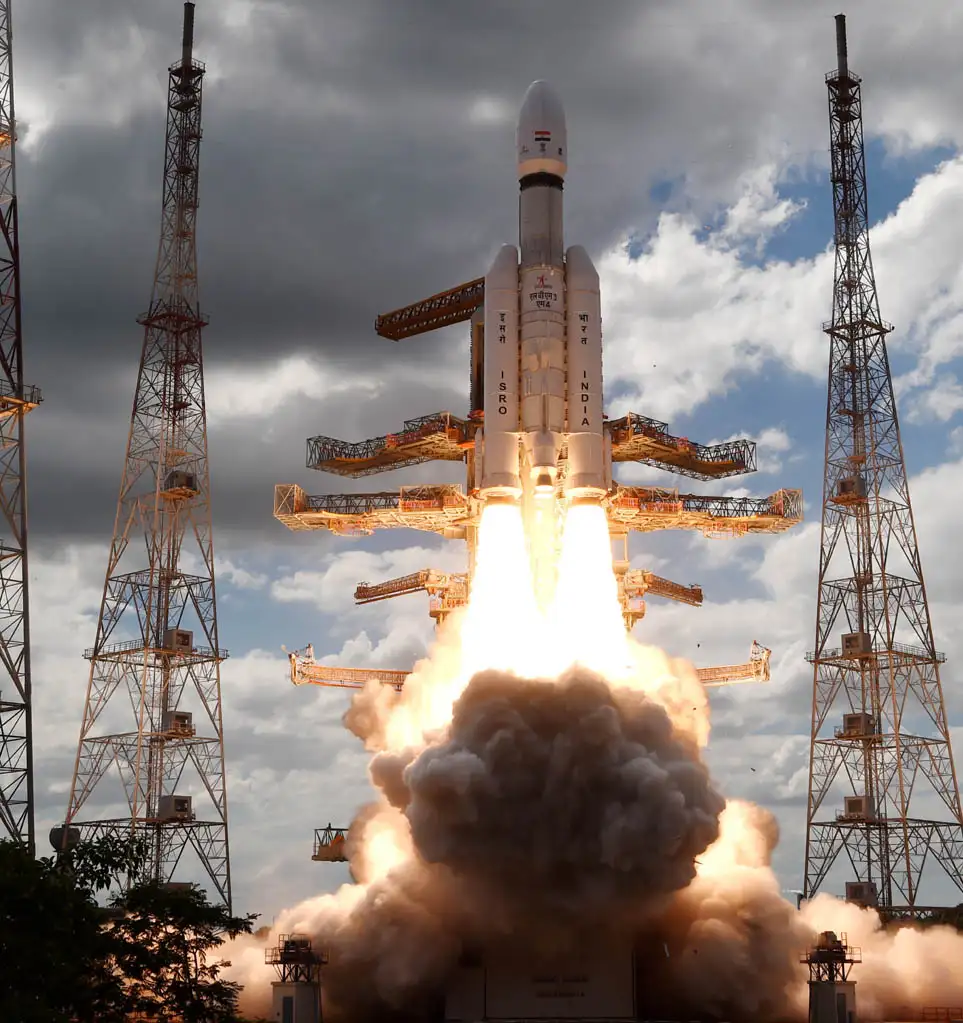Russia’s first moon mission in 47 years failed when its Luna-25 spacecraft spun out of control and crash-landed on the Moon on Saturday. Now the world has turned its focus on India’s Chandrayaan-3, set to make history on the lunar surface.
The so-called ‘space race’ between Russia and India was a central debate topic over the last couple of days as both Luna and Chandrayaan moved closer to the Moon. Predictions favoured Luna – but Roscosmos, Russia’s official space corporation, said in a statement that it lost touch with the craft on Saturday at 11:57 GMT due to a glitch as the craft was shoved into pre-landing orbit. A soft landing had been planned for Monday. “The apparatus moved into an unpredictable orbit and ceased to exist as a result of a collision with the surface of the Moon,” Roscosmos said in a statement, according to Euronews.
Meanwhile, the Indian spacecraft comprising a lander Vikram and rover Pragyaan will start its descent on Moon at around 05.45 on August 23 (Wednesday). ISRO expects the landing to happen at 06:04 pm. This would be India’s second attempt to land on the Moon. The first attempt from Chandrayaan-2 landed in a crash in 2019. The orbiter from that mission, however, continues to circle the Moon and provide insights.
In 2008, Chandrayaan -01 discovered the presence of water molecules on the parched lunar surface and established that the Moon has an atmosphere during daytime. The confirmation of ice on the South Pole is one of the reasons why the region is of interest. If successful, Chandrayaan-3 could become the first to land on Moon’s south polar region.
Isro said on Sunday that the lander module had successfully lowered into an orbit closer to the Moon (of 25km by 134km) and is now waiting for the lunar Sun-rise to land. Just earlier this month, on August 5, ISRO shared the first images of the first images of the Moon as captured by Chandrayaan-3.
In June 2023, shortly before the scheduled Chandrayaan-3 launch, India also signed on to the NASA-led Artemis Accords aiming for peaceful human and robotic exploration of the moon. While the immediate benefits of the accords accrue to human spaceflight, according to the White House, the data from Chandrayaan-3 may be helpful for future Artemis human landings too. Chandrayaan-3 costs roughly $77 million USD, according to the Times of India. The three main objectives of Chandrayaan-3 are to land safely on the surface, to demonstrate rover operations and to perform scientific experiments on site, according to the official website.




